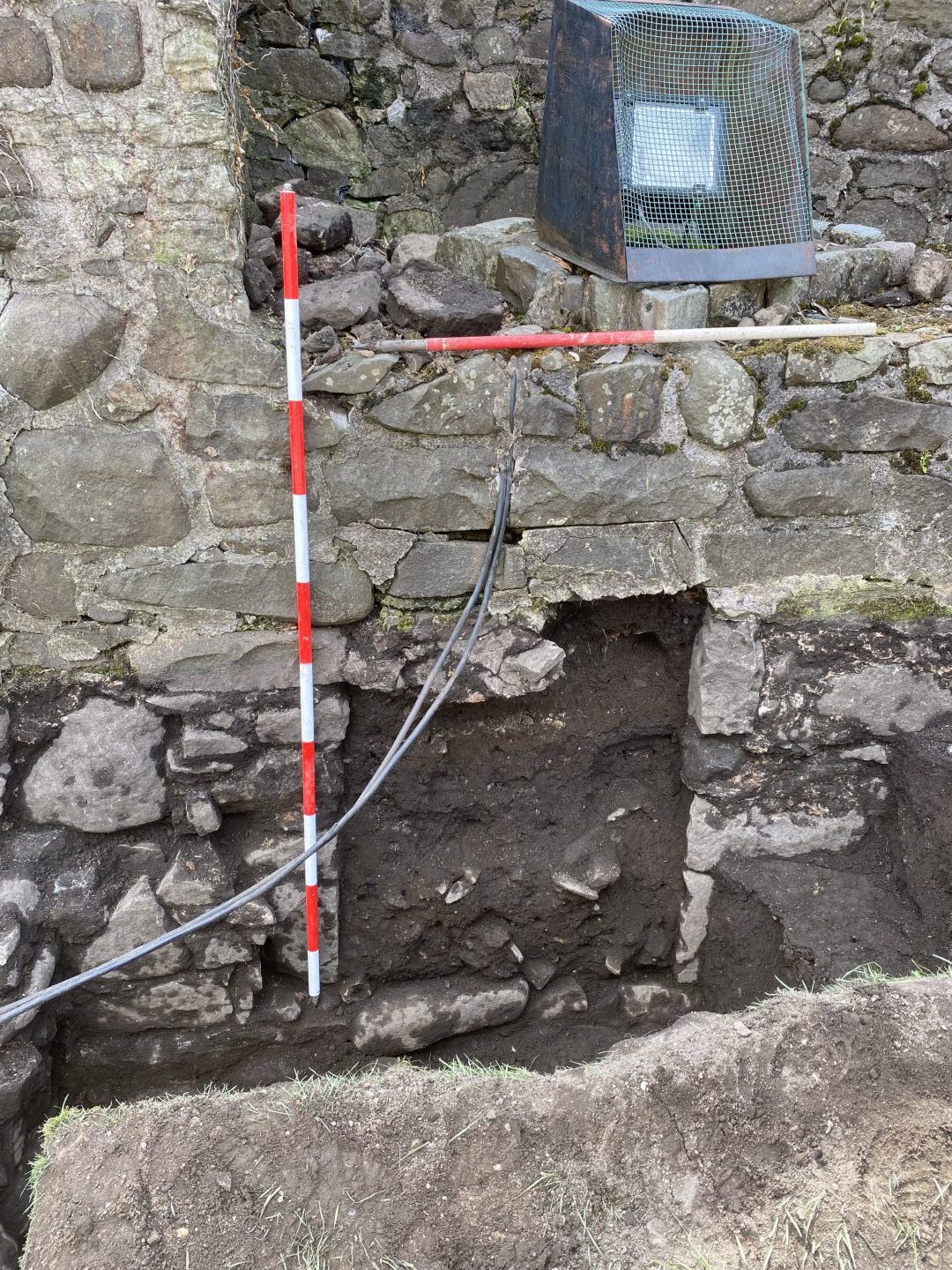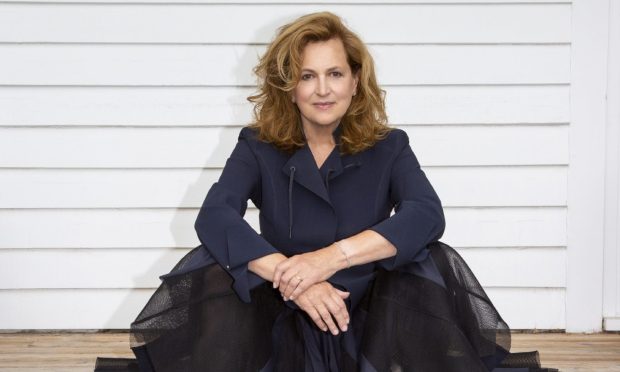Stirling is a key location when it comes to Scottish history.
It’s home to the world’s oldest football, has seen several major battles, and has the best preserved city walls in Scotland.
In recent years, an ancient Roman road, prehistoric dolphin bones and Iron Age treasure have all been unearthed locally.
And more major discoveries have been made in 2024.
Here, Dr Murray Cook, an archaeologist for Stirling Council, reveals some of the most significant historical discoveries made in Stirling this year.
1. Signs of settlement at Dumyat
One of Dr Cook’s ongoing projects is mapping the the history and archaeology of Dumyat.
Home of the Maeatae people, Dumyat or Dun Maeatae was their fort.
It’s one of the few prehistoric forts that is linked to a named people, and was a major crossing point.
This year, Dr Cook and his team have revealed previously undiscovered cultivation terraces.
These are carvings into a south-facing slope to create a raised bed.
A burial cairn was also unearthed – a sign of settlement.
“We know the fort is far bigger than we ever thought,” explained Dr Cook.
“We have uncovered new gateways.
“There appears to be what might be a burial at one of the gateways.
“We’re probably going to try and open that up next year.”
2. Forgotten Bannockburn cemetery
At South Stirling Gateway, a new development which will see hundreds of homes built between Bannockburn and Pirnhall, a lost cemetery was uncovered.
AOC Archaeology made the discovery near the former Brucefields Golf Course.
The cemetery is around 1,000 years old and provided evidence of historic migration.
Dr Cook said: “The people weren’t from Stirling, they were migrants from England, and one of the migrants – a child – was buried with a golden eagle claw, so very rare.”
3. Lost bastion in Stirling’s city walls
Another of Dr Cook’s longstanding projects is investigating Stirling’s city walls.
Alongside volunteers, Dr Cook discovered a lost bastion – a position of strength on the wall.
There are a total of seven bastions in Scotland, with five located in Stirling.
“We also found the last surviving medieval gate on the city wall, which had always been there, but no one had actually thought: ‘Oh, that’s the gate’,” he added.
This led to the conclusion that Stirling’s city walls were older than previously thought.
It was believed the walls were built as a response to the 1547 Battle of Pinkie, and to deter the English from forcing the infant Mary Queen of Scots into marrying Henry VIII’s heir.
Dr Cook said: “It’s very clear the planning for the wall actually took place earlier, and it seems more likely that this is a Mary de Guise royal project, rather than by the townspeople.”
He identified Italian designs and believes this provides an “internationally important” snapshot of the era’s artillery technology.
4. King’s Park cemetery
South Stirling Gateway wasn’t the only place a lost cemetery was found this year.
One dating back 4,000 years was also uncovered in King’s Park, close to part of the deer dike used to keep the animals in while hunting.
“There was a bulge in one of the parts of the park with no real reason for it,” explained Dr Cook.
After digging it up, the historian and his team found an ancient cemetery which would have been 3,000 years old when King’s Park was laid out.
This boosts Scotland’s ancient credentials, as it could link to Arthurian myth.
Stirling Castle’s alternative name is Snowdon, while the King’s Knot predecessor garden was called the Round Table – both of which link to the legends of King Arthur.
5. Bullet hole proves assassination attempt
Finally, the legend of the attempted assassination of Bonnie Prince Charlie may have been proven true thanks to volunteers at Bannockburn House.
A musket ball hole was found in plaster work and ancient wooden panelling of the A-listed building.
Experts believe the mark is proof someone tried to kill Prince Charles Edward Stuart in 1746.
According to legend, an assassin fired a shot through the window at Bannockburn House as the ill Prince Charlie slept.
It missed and lodged itself in the wall at the head of the bed.
Dr Cook helped to confirm that it was a musket ball hole, alongside Jacobite historian Professor Murray Pittock, and described touching it as a “thrill”.
For more Stirling news and features visit our page or join us on Facebook

















Conversation